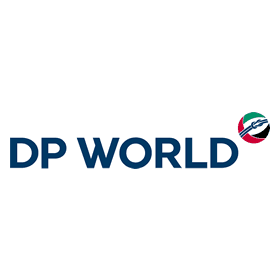
CARGOES TOS+ has announced the deployment of the Auto Gate System and the Terminal Internet of Things solutions to its customers. CARGOES TOS+ is a cloud-based Terminal Operating System (TOS), an integrated platform of IT and operational systems that provides its users with real-time information on vessel, gate and yard movements.
CARGOES TOS+’s Terminal Internet of Things (TIoT) is designed to integrate all container handling assets with real-time location tracking for container terminals using multi-channel data through devices and physical assets such as shipyards, distribution centres and warehouses. It is stated that the system automatically captures essential container handling or mission-critical data in real-time, monitored through an easily visible status window providing maximum transparency of container terminals.
It is also stated that the TIoT can provide a solution for data produced through tasks such as job handling updates and additional orders, processing datasets dynamically without any human intervention. It can also capture event history and real-time signals directly from various equipment, allowing its customers to conduct an Overall Equipment Effectiveness analysis to find key bottlenecks and problem areas to improve terminal productivity.
The TOS+ Automated Gate System (AGS) is a proprietary solution with configurable validation for various gate processes. DP World state that the system’s video identification feature can, using an advanced video analytics engine and a proprietary machine-learning algorithm, identify vehicles and containers with an average accuracy of 99%. It further states that the AGS works in parallel with traditional fingerprint, ID or RFID recognition and integrates both with CARGOES TOS+’s TOS as well as other third party systems. Gate tracking key performance indicators are built into the system for processing time, error history and efficiency analysis.
DP World state that the algorithm’s accuracy allows for fewer Optical Character Recognition cameras, which can lower hardware requirements and reduce upfront setup costs.